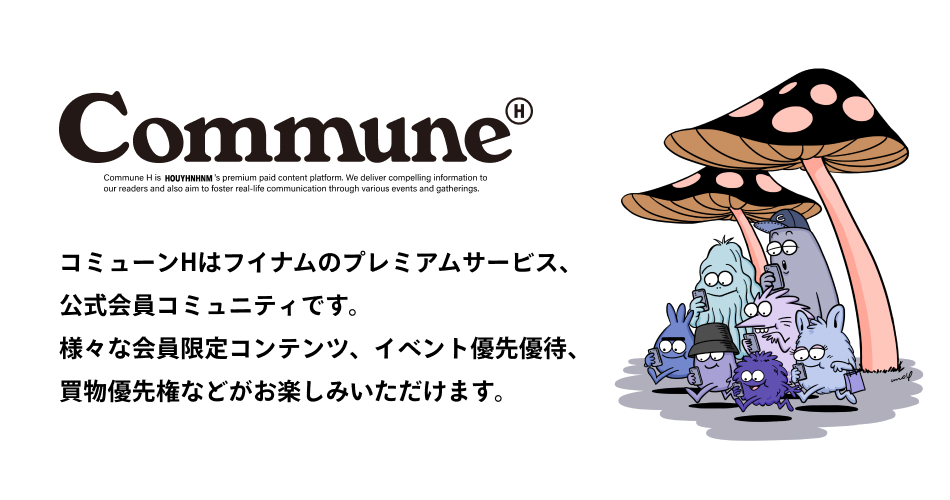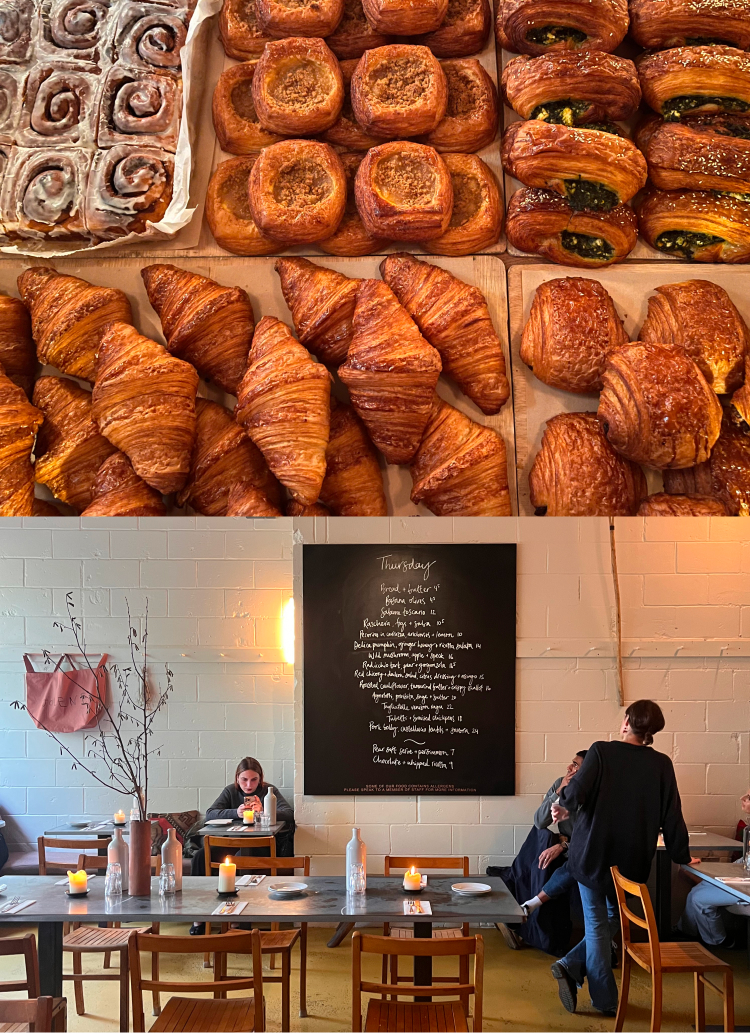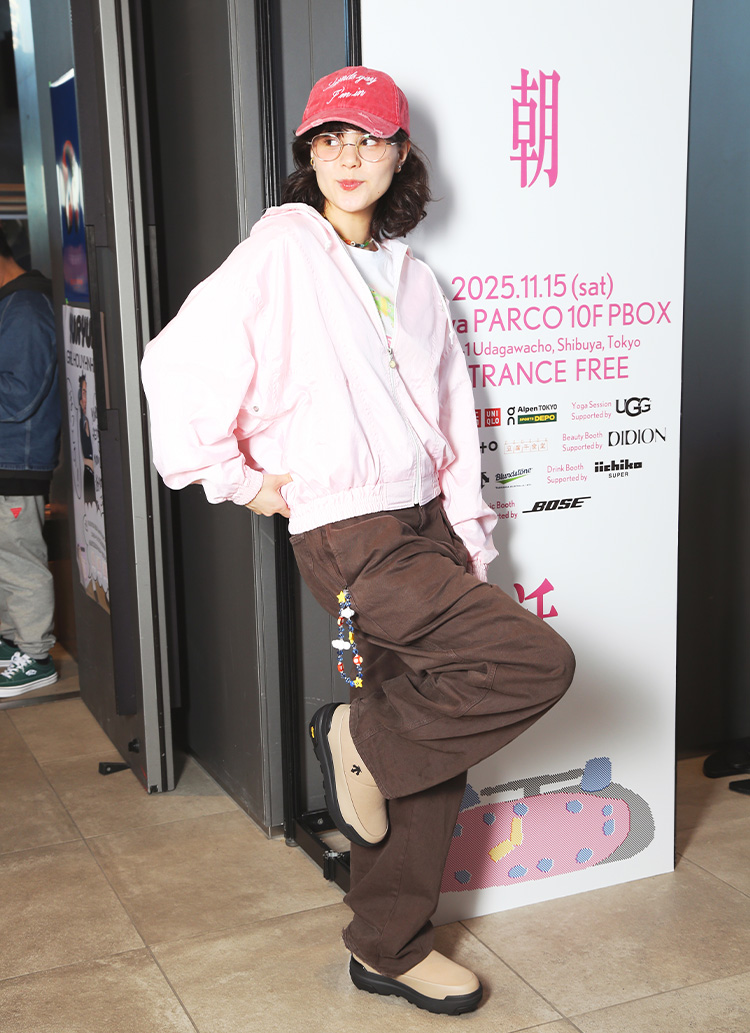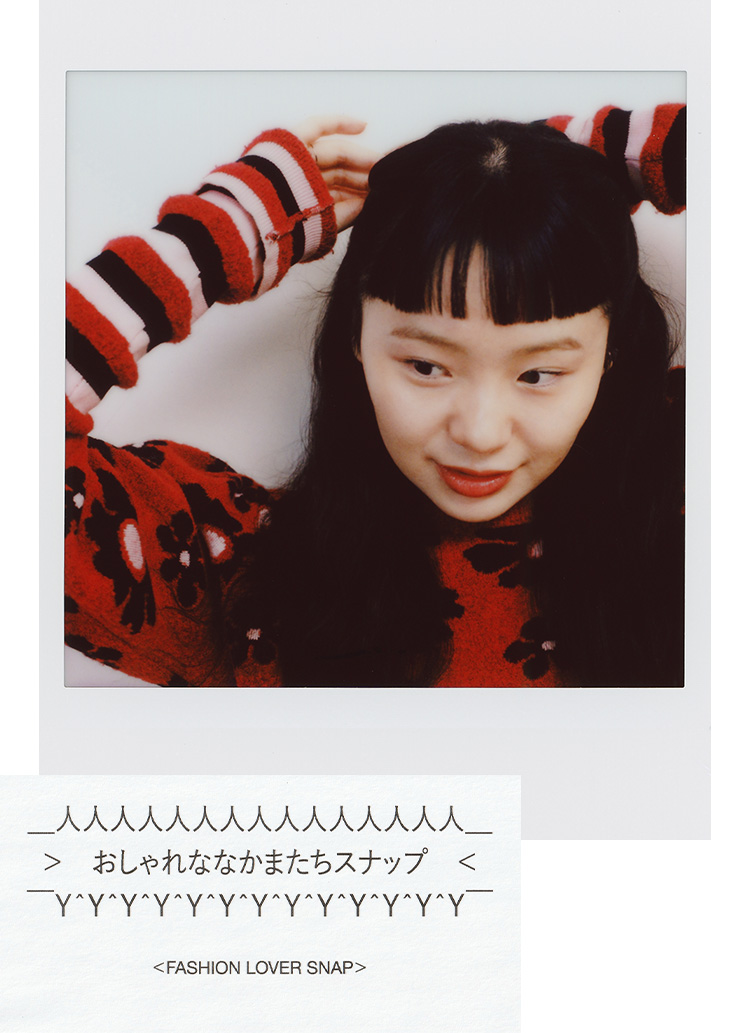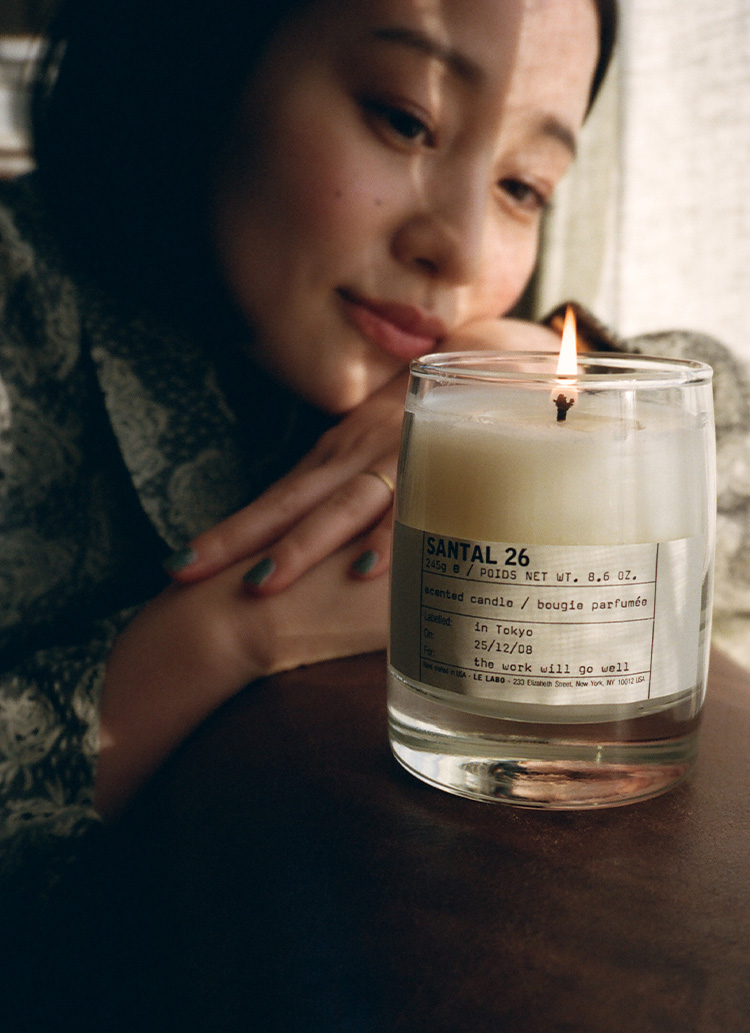Fascinated by black culture and passion forLamrofand an African jewelry label calledAFLOGICAL JEWELRYSDaisuke Sakamoto, aka Shirley, is a fashion designer who pours generously into the "Shirley" brand.
In addition, in recent years, the company has been developing a new label, "Miscellaneous Goods," which focuses on items from the American mid-century period, which it had been operating for some time.EARTHY ANTIQUESHe has also changed the direction of his business to mainly African goods, expressing the black culture he loves from various angles.
The term "Afro-zero" means "of African origin. In this sense, Sakamoto is an "Afro-Japanese" with roots in Africa, even though he is Japanese.
In this series, we introduce the people, things, and things that Mr. Sakamoto has seen while wandering around the world, especially in Africa, through his own filter. We present the realities of black culture as he sees it, how he incorporates it into his products, and the realities of the black culture that has fascinated him, through actual photos and Sakamoto's own voice.
Photo_Sha-Le (Daisuke Sakamoto)
Edit_Naoya Tsuneshige
PROFILE
In 2022, he launched the fashion brand "Ramroff". In 2024, he started an African jewelry label "AFLOGICAL JEWELRYS" and an antique goods label "EARTHY ANTIQUES". EARTHY ANTIQUES label will also be launched in 2024. He is deeply devoted to black culture and struggles daily to bring it to as many people as possible. He is also a soccer fan from the bottom of his heart.
Sha-Le Instagram:@8_shale_8
Lamrof Instagram:@lamrof_official
Aflogical Jewelrys Instagram:@aflogical_jewelrys
EARTHY ANTIQUES Instagram:@earthy_antiques
Buying in Ghana is not a simple task.
Continuing from the previous issue, a wander in Ghana. Speaking of Africa, trade beads. Trade beads are beads that were exported from Europe to the rest of the world, especially West Africa, between the 17th and 20th centuries.
It seems that in addition to trade beads, there are several types of traditional beads originating from Ghana, and Mr. Sakamoto spent the remaining two days of his stay in Ghana buying African jewelry, focusing on such beads. It seems that he had many wonderful encounters.
I had done some light research beforehand, but at a museum in Ghana that I visited the day before, I was able to confirm once again what the original beads were like. There are many copies of the original beads in African countries, so the originals are quite rare.
Jewelry actually purchased by Mr. Sakamoto
But to be honest, it absolutely has to be original! I don't think it has to be original. The criteria is whether it can be considered as fashion and art. That is important, and it is a point that I emphasize both in my brand and in my jewelry label.
I can tell a made-in-India or made-in-China copy when I see it, and I never buy it, for whatever reason. When I narrow down my choices in this way, I end up with a lot of good-looking pieces that are original, and it is only the original pieces that I naturally reach for. In that sense, I can recommend the jewelry I buy with confidence.
Mr. Sakamoto spent a considerable amount of time negotiating with dealers specializing in antique beads. However, unlike other African countries, purchasing in Ghana was not a simple process.
The Ghanaian dealers were the most aggressive of all the African countries. The normal flow of business is for both sides to present their desired price and conditions, and then reach a mutually satisfactory compromise. If there is too much of a discrepancy in the conditions, I decide that negotiating is a waste of time and leave as soon as possible, but the Ghanaians would seriously try to stop me. They grab me by the arm and say, "Gasp!" (laughs)."
I was so serious, but of course I didn't back down, so it was almost like we were fighting (laughs). (Laughs.) Including such episodes, the purchase was more emotional than usual. Please look forward to seeing my work at AFLOGICAL JEWELRYS and EARTHY ANTIQUES.
The 10th parallel north.
Although his stay in Japan lasted only four days, shorter than in any other country, Sakamoto says it was a very intense experience. On the last day, he spent a pleasant evening with young people of his generation.
Ghanaians look a little scary on the outside, but many of them are really good-natured. We talked only a little at the market, but they treated us as if we were their regular friends, and in the evening we had dinner together while listening to music. Perhaps it was because we were of the same generation, but it was nice to be able to do something like this across national borders and to be invited to join them.
Snapshots of "Ramroff" in Ghana
The distribution of religions on the African continent changes drastically after the 10th parallel, with Islam being predominant north of the line and Christianity being predominant south of it. Ghana is in the south. Ghana is south of the 10 degree latitude line, which means that Christianity is predominant and accounts for 701 TP10T of the nation's population. Mr. Sakamoto also shared his own view on this.
In the African countries I have visited so far, many of them have a high percentage of Muslims, but in Ghana, the opposite is true. Many of the African countries I have visited so far have a high percentage of Muslims, but in Ghana, the opposite is true. Christianity makes up the majority."
I would say, and from my own perspective, Ghanaians were quite rough and frank. The differences in behavior, the way they express their feelings toward others, the number of times they look up to the heavens, and so on, make each country in Africa seem like a completely different world. I think this is interesting from a Japanese point of view, as long as you don't think about it too hard."
I loved Ghana, even though my stay was short. Although I was able to buy a lot of special pieces, I am sure there are many more things to be found in other areas. I would like to come back more slowly next time. Medasi! Ghana!"
Sha-Le:@8_shale_8
Lamrof:@lamrof_official
Aflogical Jewelrys:@aflogical_jewelrys
EARTHY ANTIQUES:@earthy_antiques





